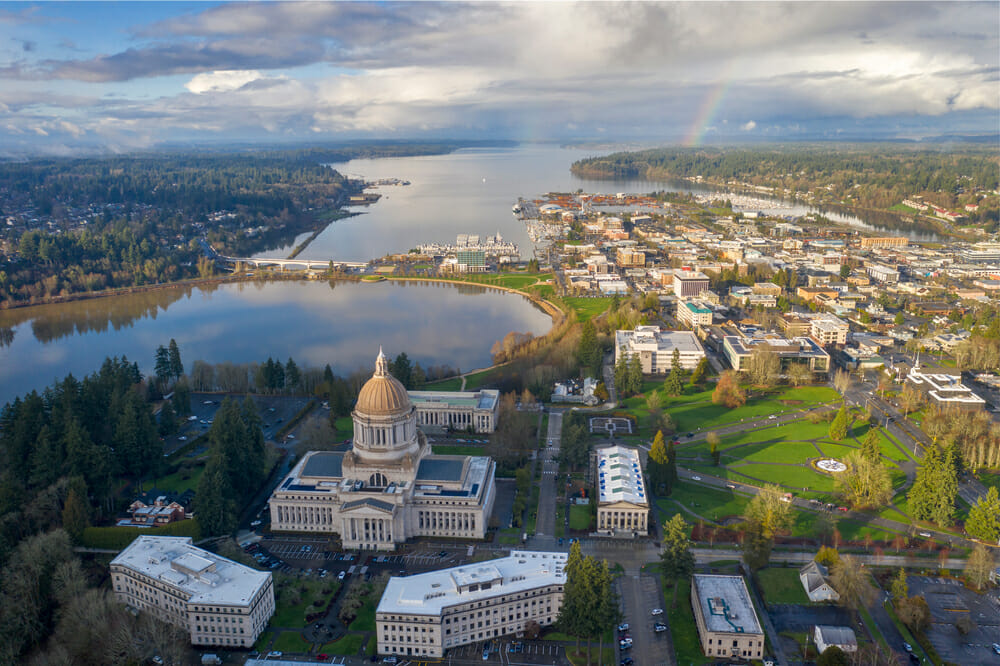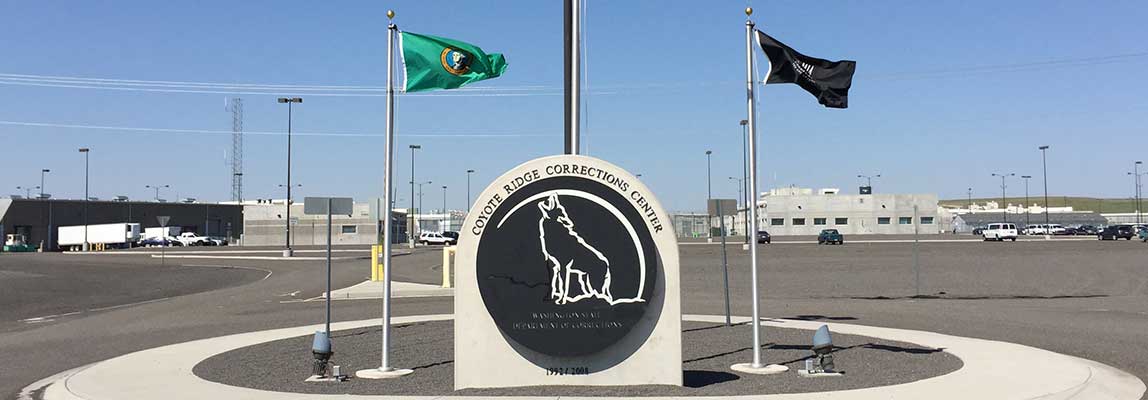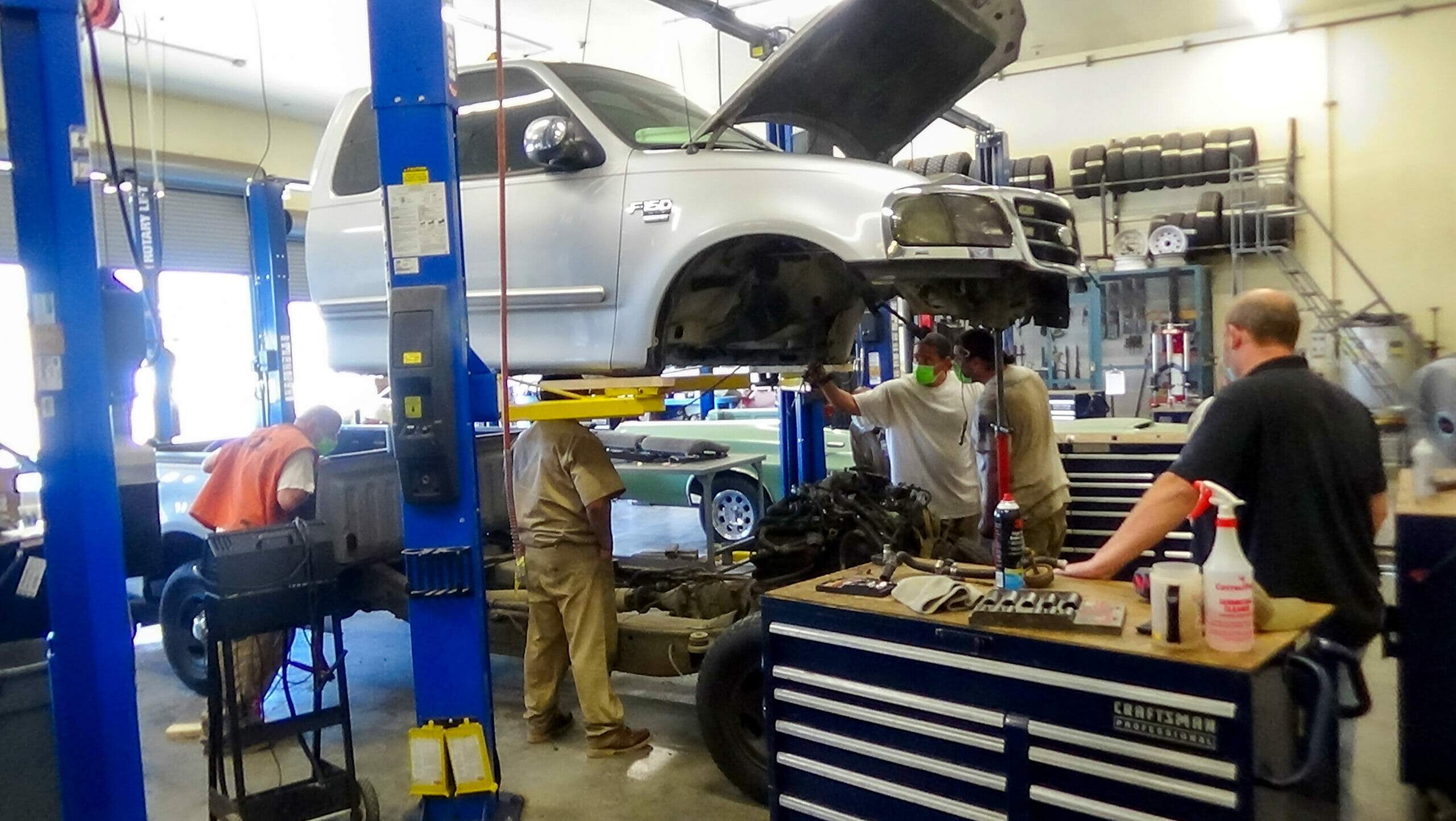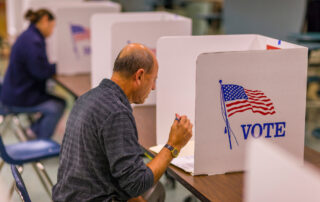
Criminal Justice and Rehabilitation in Washington
In all fifty U.S. states, no two identical criminal justice systems exist. From one state to the next, population, geographic size, cultural attitudes, political leanings, per capita GDP, poverty rate, and other factors influence a state’s crime rate, the criminal justice system, recidivism, alternatives to incarceration, and approach to rehabilitation. This article summarizes the Washington State criminal justice system.
Prison Population Data in Washington State
A cursory glance at a state’s criminal justice system should involve an examination of that state’s prison population. Examining how many people a state chooses to lock up gives one a clear view of how that state approaches criminal justice. Further, one should also find answers to key questions like:
- What criminal rehabilitation programs are used in Washington?
- Are there alternatives to incarceration in Washington?
- How many people are incarcerated in Washington?
- What are the biggest prisons in Washington?
- What is Washington’s recidivism rate?
- What is Washington’s crime rate?
According to data published by the Bureau of Justice Assistance, Washington has the 40th highest incarceration rate in the nation, just ahead of Utah but just behind Hawaii. The Evergreen State incarcerates about 176 residents for every 100,000 living there. The overall incarceration rate in the U.S. is 350 per 100,000, much higher than the Washington rate.1
But how many people are incarcerated in Washington? According to the National Institute of Corrections, Washington has 59 jails in 39 counties.2 The jail population was 1,060 as of 2019. The data shows Washington also operates 12 state prisons with a prisoner population of 19,261. Further, the state’s community corrections program manages 81,095 people under probation and 13,056 under parole. State-operated facilities have a staff of 8,956 employees and a budget of $2,340,157,000. According to the Urban Institute, the Department of Corrections is Washington’s seventh costliest annual budget item.3

Coyote Ridge Corrections Center. Image courtesy of doc.wa.gov
Washington does not contract with private prisons and has not done so in at least 20 years.4 The Coyote Ridge Corrections Center, a state prison located in Connell, Washington, is the largest prison in the state, with a capacity for 2,468 prisoners.5
Crime Rate in Washington
While the rate at which a state incarcerates its population can give one a good idea of how that state approaches crime and criminal behavior, it’s equally crucial to study a state’s crime rate to understand what percentage of the population is committing crimes and what type of crimes they’re committing. According to data published by the Washington Association of Sheriffs & Police Chiefs, the following are the 2021 crime rates for Washington:6
- Overall, crime rates are declining in Washington. For example, there were 480,860 total offenses recorded in 2021, a 3.7% decrease from 499,084 such offenses in 2020.
- Unfortunately, violent crimes increased in Washington, up 12.3% from 26,036 offenses in 2020 to 29,238 in 2021.
- According to the report, there were 325 murders in 2021, representing an increase of 5.9% compared to 307 murders in 2020.
- In 2021, domestic violence offenses in Washington comprised 47.8% of all crimes against persons and 2.9% of all crimes against property.
- Law enforcement officers recorded 20,878 persons arrested for DUIs, including 123 juveniles.
- A total of 593 hate crimes were reported in Washington in 2021.
- Washington State’s law enforcement officers recorded a total of 1,968 assaults on law enforcement officers. One officer was killed in the line of duty.
- 2021 saw 2,163 arrests for drug violations, 5.5% of which occurred with persons under 18.
- Officers recorded 6,074 sexual assault incidents in 2021. There were 6,064 victims in these incidents, with 4,671 offenders.
- Of the 60,808 domestic violence incidents reported in 2021, 14,487 were Violations of Protection or No Contact Orders.
Recidivism Rate in Washington

Recidivism is a return to lawbreaking and incarceration after being formerly incarcerated. Recidivism is a critical metric in any criminal justice system because it shows the overall effectiveness of that state’s justice system. If offenders are serving time in prison, being released after they complete their sentence, but then going out to re-offend and winding up in prison again, the prison system is not effectively rehabilitating them. No state has a 0% recidivism rate (which is the goal), but different states have achieved varying recidivism rates over the years.
According to the Washington Department of Corrections (WADOC), of the approximately 8,000 incarcerated individuals who are released from prison each year, about 30% will go on to re-offend and end up in prison again within three years. That means the criminal justice system in Washington is not working for about one in three individuals who go through it.6
Washington has made progress in recent years in reducing its recidivism rate (it used to be much higher than 30%). But more work needs to be done. About 11% who are released from prison re-offend and return to prison in one year, down from 12% last year. According to WADOC, re-entry programs like those that emphasize the following are critical:
- Housing
- Transportation
- Educational needs
- Accessing services
- Technology
- Healthy relationships
- Codependency
- Family reunification
- Personal responsibility
- Finances
- Employment
- Voters’ rights
Criminal Reform Programs in Washington

Automotive Pre-Apprenticeship. Image courtesy of doc.wa.gov
Reentry programs help, but effectively reducing recidivism also involves improving the rehabilitative services offered in prisons in Washington. Three areas that should be focused on include:
- Substance abuse and addiction treatment programs
- Life skills programs, counseling, and coping strategies
- Work training/vocational programming to assist offenders in learning skills
Washington has also implemented evidence-based programs for offenders to improve their lives while in prison. One such program is the Thinking for a Change program, designed to help offenders get to the root of why they committed a crime in the first place and to change how they think about crime, rightness, wrongness, responsibility, and how to solve the problems of adult life without resorting to crime.8
Alternatives to Incarceration in Washington
Another important part of criminal justice is doing everything possible to keep offenders who don’t need to be in prison out of prison. Many crimes do not warrant a prison sentence, such as drug possession offenses and some nonviolent offenses. In many ways, Washington is leading the way in providing alternatives to incarceration for some offenders.
For example, Washington piloted the Law Enforcement Assisted Diversion (LEAD) program, which is now replicated in cities and states nationwide. This program seeks to keep drug possession offenders out of jail and instead use police interactions with offenders to route the offenders into addiction treatment programs.9
Other alternatives to incarceration offered in Washington include:
- Probation
- Community service
- Work release programs
- Substance abuse programs
- Educational programs and courses
Finally, policymakers in the Evergreen State should also implement educational programs inside prisons in Washington. Such programs can provide inmates with the tools they need to create productive, responsible, crime-free lives after leaving prison.
Sources:
- BJS. “Prisoners in 2020 – Statistical Tables.” Bureau of Justice Assistance, 2020. bjs.ojp.gov
- NIC. “Washington 2019.” National Institute of Corrections, 2019. nicic.gov
- Urban. “Project Washington.” Urban Institute, 2023. urban.org
- SentencingProject. “Private Prisons in the United States.” The Sentencing Project, 2019. sentencingproject.org
- WADOC. “Coyote Ridge Corrections Center (CRCC).” Washington Department of Corrections, 2023. doc.wa.gov
- WASPC. “Crime in Washington 2021 Annual Report.” Washington Association of Sheriffs and Police Chiefs, 2022. waspc.org
- WADOC. “Decrease First-Year Rate of Return to Institutions.” Washington Department of Corrections, 2023. doc.wa.gov
- WADOC. “Thinking for a Change: Encouraging Positive Change in Incarcerated Individuals.” Washington Department of Corrections, 2023. doc.wa.gov
- LEAD. “Let Everyone Advance with Dignity.” Law Enforcement Assisted Diversion, 2023. leadkingcounty.org
Related Articles
Criminal Justice Reform Extends Rights to Felons Who Have Served Their Sentences
For decades, voter enfranchisement or disenfranchisement for incarcerated and formerly incarcerated individuals has been debated. An estimated 4.6 million Americans are barred from voting due...
Read more >>
Diversion Programs Work to Curb Drug Use and Crime
Drug use is both habit-forming and illegal, putting people who cannot stop using drugs in the precarious position of being criminalized for having an addiction....
Read more >>
Where States Get it Right. The Importance of After-Incarceration Programs for Former Inmates
Criminal justice is a complicated and intricate subject. While the U.S. has the largest prison population in the world, efforts are being taken in several...
Read more >>
Thank You for Giving Me the Knowledge for My Future
Completing this course has helped me understand why I use drugs and the effects that drugs have on myself, my family, and my friends, and...
Read more >>





